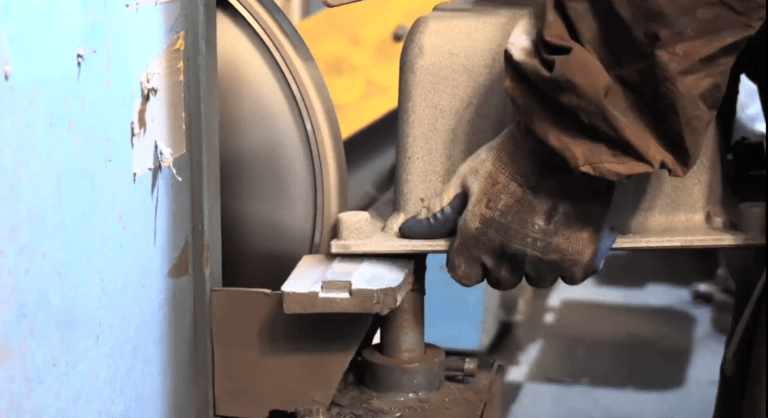Diamonds used for grinding applications are primarily industrial diamonds, which can be either synthetic or natural. These diamonds are specifically processed for industrial use rather than for jewelry. Industrial diamonds used in grinding wheels are known for their extreme hardness, wear resistance, and thermal conductivity, making them highly effective in various grinding applications.
1,Types of Industrial Diamonds Used for Grinding:
Natural Diamonds:
- Mined from the earth and processed for industrial use.
- Separated from gem-quality diamonds through x-ray machines and hand sorting.
- Lower-quality stones known as ‘boart’ are used in equipment such as grinding wheels.
Synthetic Diamonds:
- Manufactured for industrial applications.
- Produced through two main methods: High-pressure and high-temperature (HPHT) and Chemical vapor deposition (CVD).
- Synthetic diamonds are crushed, milled, cut, shaped, and polished to customizable sizes and shapes.
2, Properties Impacting Grinding Performance:
Extreme Hardness:
- Diamond’s cubic crystal lattice structure makes it extremely hard and stable.
- Best wear properties of all abrasives unless chemically attacked.
- Enables precise cutting through and removal of material from hard substances like ceramics and metals.
Wear Resistance:
- Refers to the ability to maintain sharp edges and cutting ability for longer.
- Results in longer-lasting grinding wheels that require less frequent replacement.
- Withstands high pressures generated during grinding, maintaining durability and precision.
Thermal Conductivity:
- Highest thermal conductivity of any known material.
- Effectively conducts heat away from the grinding area.
- Protects the material being ground from thermal damage and prevents the abrasive from becoming dull.
3,Advantages and Disadvantages of Industrial Diamonds for Grinding:
Advantages:
- Exceptional hardness for superior wear resistance and durability.
- Best thermal conductivity, minimizing heat-related issues during grinding.
- Longer-lasting, providing improved precision and better quality finishes.
Disadvantages:
- Difficult to shape or mold into different forms due to high hardness.
- Dressing of diamond wheels is done with diamond tools, and dresser life can be low.
- Not recommended for grinding ferrous metals due to potential chemical reactions.
4,Latest Trends :
Synthetic Diamonds:
A rising trend in employing lab-created synthetic diamonds with tailored material properties as a cost-effective alternative to natural diamonds.




